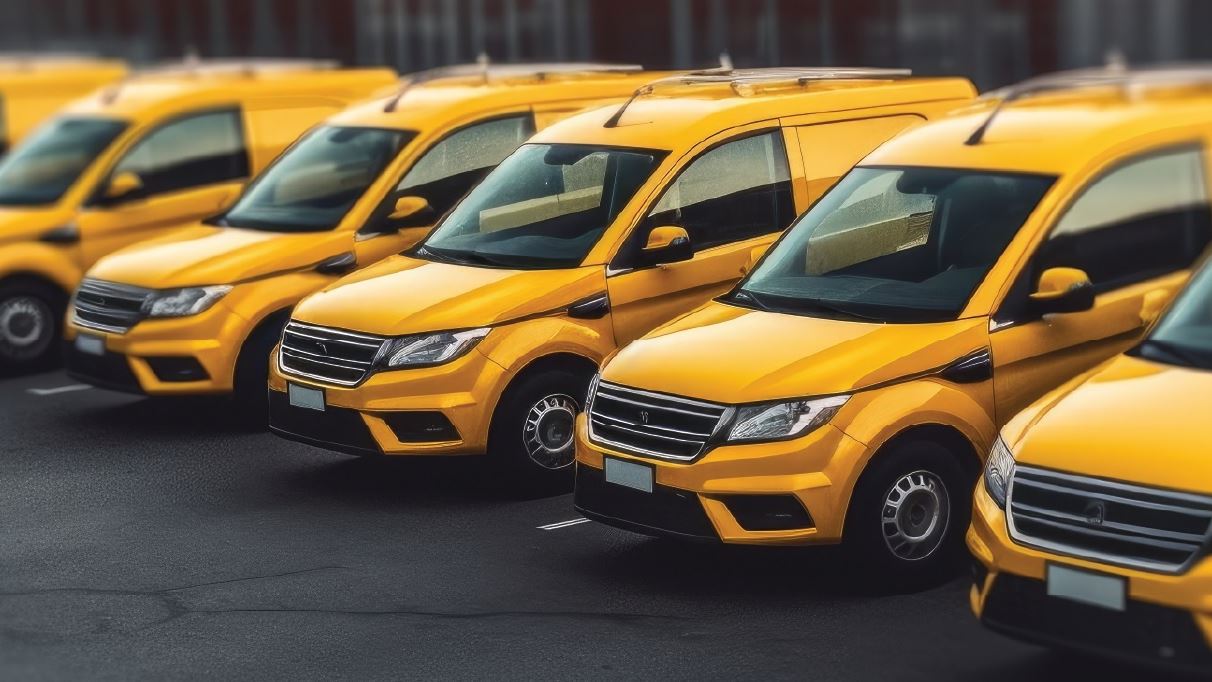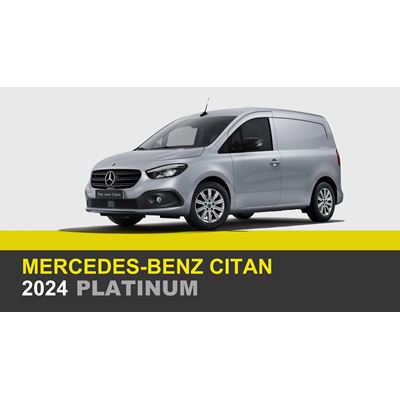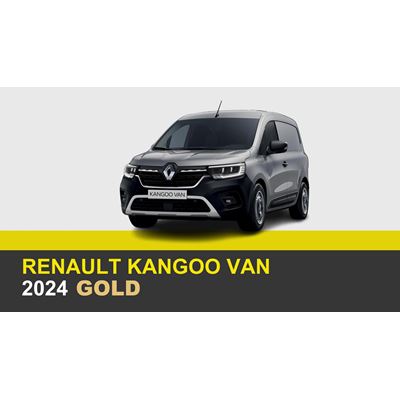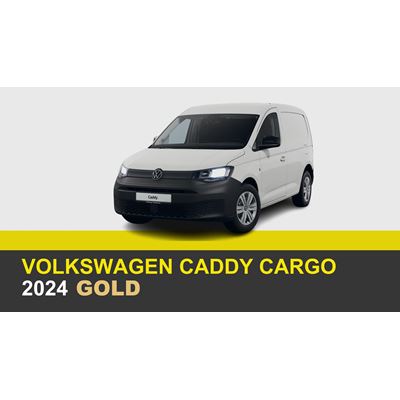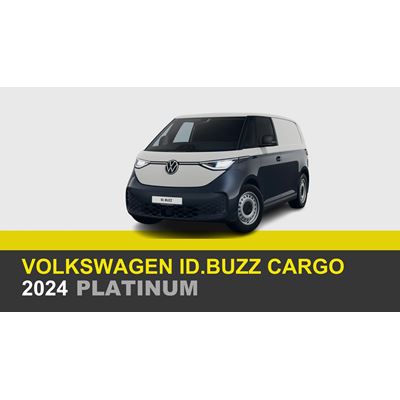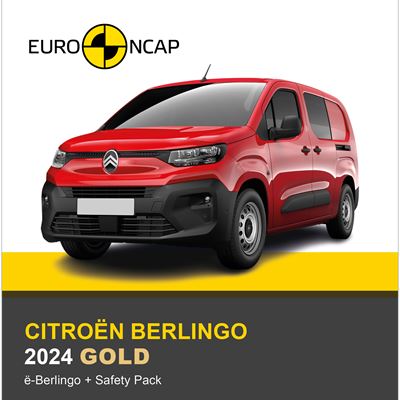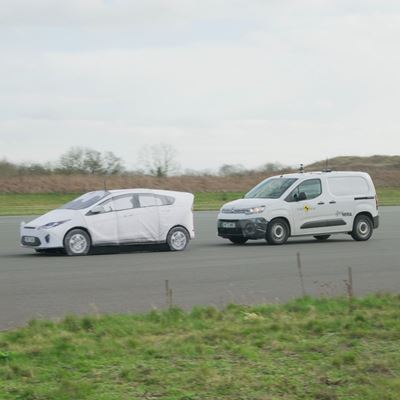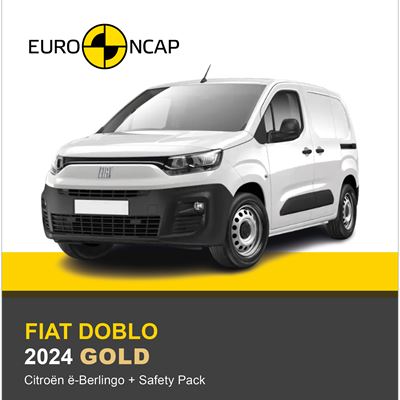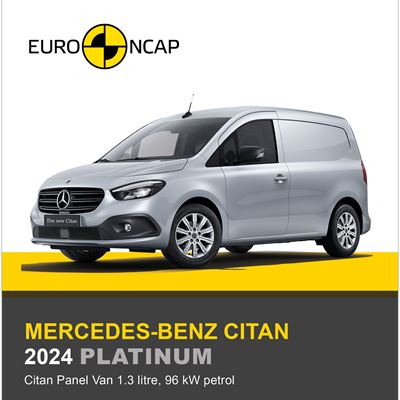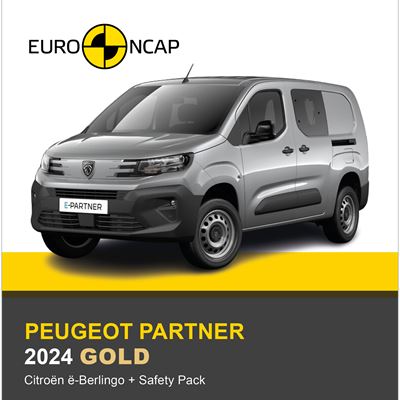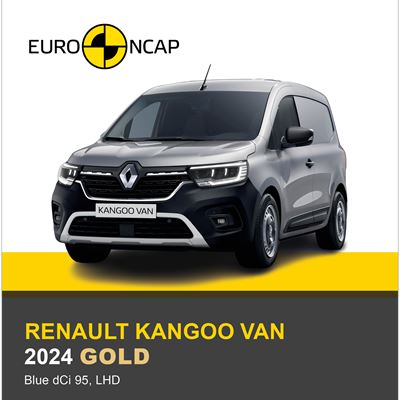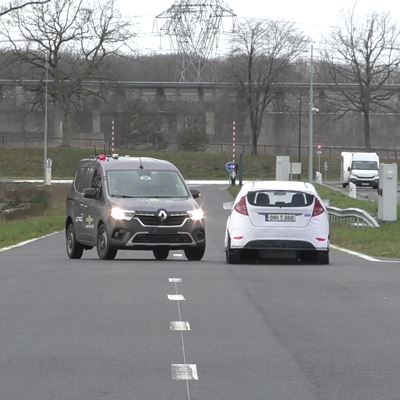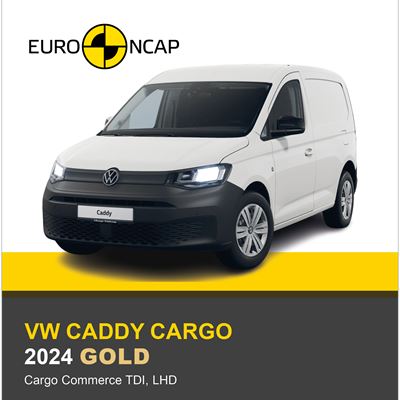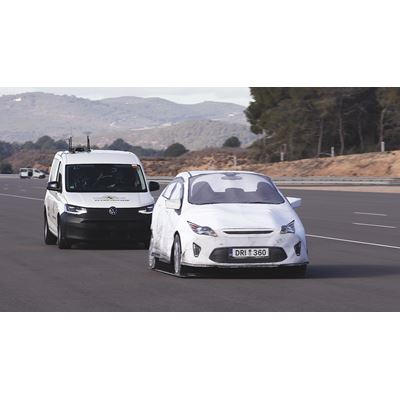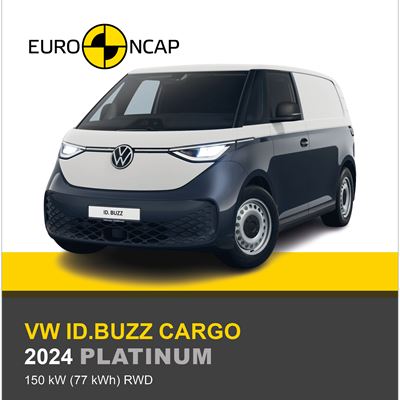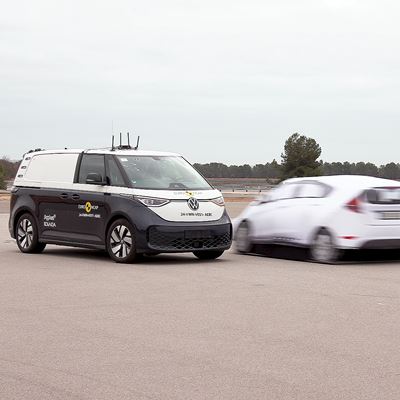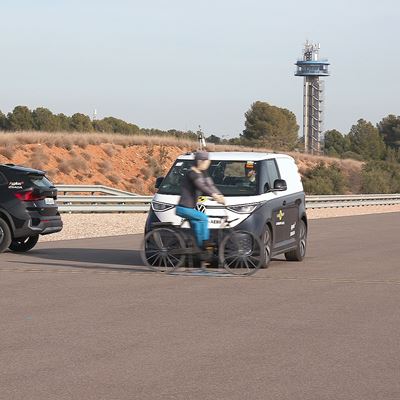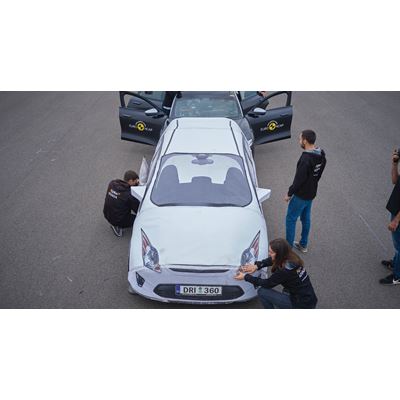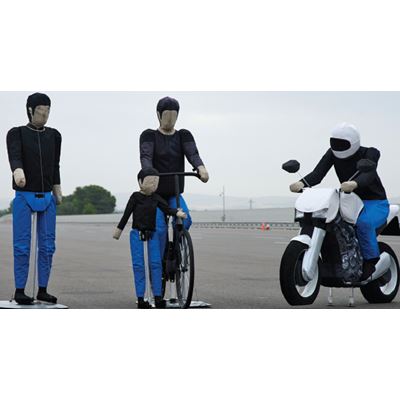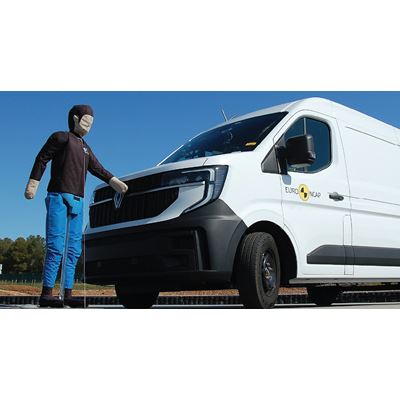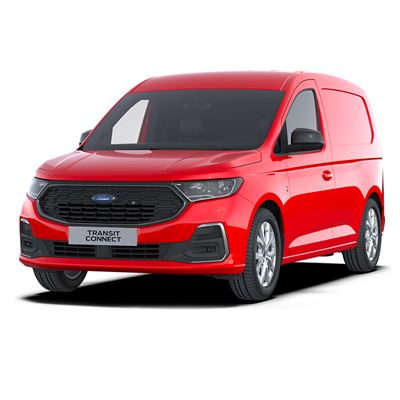
Euro NCAP calls on carmakers to make ADAS more widely available in small panel vans
Today, for the first time, Euro NCAP releases the crash avoidance ratings for eight vans in the small panel van category, most of which have equivalent passenger versions. The vehicles achieving Euro NCAP’s penultimate Gold rating today are the Citroën Berlingo and its ‘twins’ the FIAT Doblo, the Opel/Vauxhall Combo and the Peugeot Partner, as well as the Renault Kangoo Van and the Volkswagen Caddy Cargo van. However, it is the Mercedes-Benz Citan and the Volkswagen ID.Buzz Cargo that shine, receiving Euro NCAP’s top rating of Platinum. Unlike Euro NCAP’s car safety rating, the organisation’s commercial van rating focuses specifically on crash avoidance technology. This is because in van crashes, by far the most casualties are in the opponent vehicle or vulnerable road users. This release is particularly significant because it delivers a snapshot of the safety of small panel vans currently available to businesses before new rules on Advanced Driver Assistance Systems (ADAS) come into effect in the General Safety Regulations (GSR) in July.
Given smaller panel vans are often derived from passenger cars, when high-performing equipment is fitted, their drivers can expect an optimum level of safety. It is good news then that the results achieved in this release are predominantly Gold and Platinum. However, Euro NCAP rated vans with equipment mostly fitted as ‘optional’. What was concerning was the lack of availability of vans equipped with these crash-avoidance technologies on the market. Euro NCAP and its team struggled to source vans fitted with these options for the testing. In the case of the Platinum winners, only the Volkswagen ID.Buzz Cargo has this safety technology fitted as standard; on the Mercedes, it is still a cost option. Van manufacturers often offer safety technologies but rarely encourage buyers to specify this vital equipment that could save lives. By making customers pay for extra safety technology without promoting the benefits, safety technology becomes a bargaining tool. There is overwhelming evidence that this safety technology reduces crashes, deaths, and injuries, protecting drivers and other road users, and therefore we believe businesses ignoring these options are failing in their Corporate Social Responsibilities (CSR).– Dr. Aled Wiliams, Programme Director Euro NCAP
In general, Euro NCAP has noted that smaller panel vans are better equipped with safety assistance technologies than larger cargo vans, due to their proximity in size to passenger cars and their sometimes use as a cross-over into the passenger segment. Advanced driving technologies have been shown to directly impact the safety of drivers, other vehicles, and vulnerable road users such as pedestrians, motorbike riders, and cyclists. The range of safety technologies that Euro NCAP expects to be included in vehicles covers advanced autonomous emergency braking technologies (AEB) for car-to-car, pedestrian and cyclist, lane support systems, speed assistance, and attention assist. Despite the good results, there is still further progress to be made. For example, the Citroën Berlingo and its twins performed particularly poorly in AEB cyclist protection.
From July, when the GSR comes into force, it is expected that van makers will need to ensure this N1 category of vehicle has some of these safety technologies fitted as standard. However, Euro NCAP’s philosophy is to insist manufacturers deliver beyond legislation to ensure the industry meets Vision Zero targets with performance much higher than the GSR targets. Euro NCAP will continue to push for better van safety when it launches the ADAS safety performance of larger vans in July.
Editor’s note
For full results, visit www.euroncap.com or Euro NCAP's newsroom for journalists. For media information, please contact Cordelia Wilson at media@euroncap.com.
About Euro NCAP
Euro NCAP organizes crash & safety tests on new vehicles and provides motoring consumers with a realistic and independent assessment of the safety performance of some of the most popular cars sold in Europe. Established in 1997 and backed by several European Governments, motoring, consumer and insurance organizations, Euro NCAP has rapidly become a catalyst for encouraging significant safety improvements to new car design.
Euro NCAP ratings strictly apply to vehicles of the specifications offered in Europe. The ratings do not necessarily apply to models offered in other regions, even when sold under an identical name, as production specification and equipment may vary.





